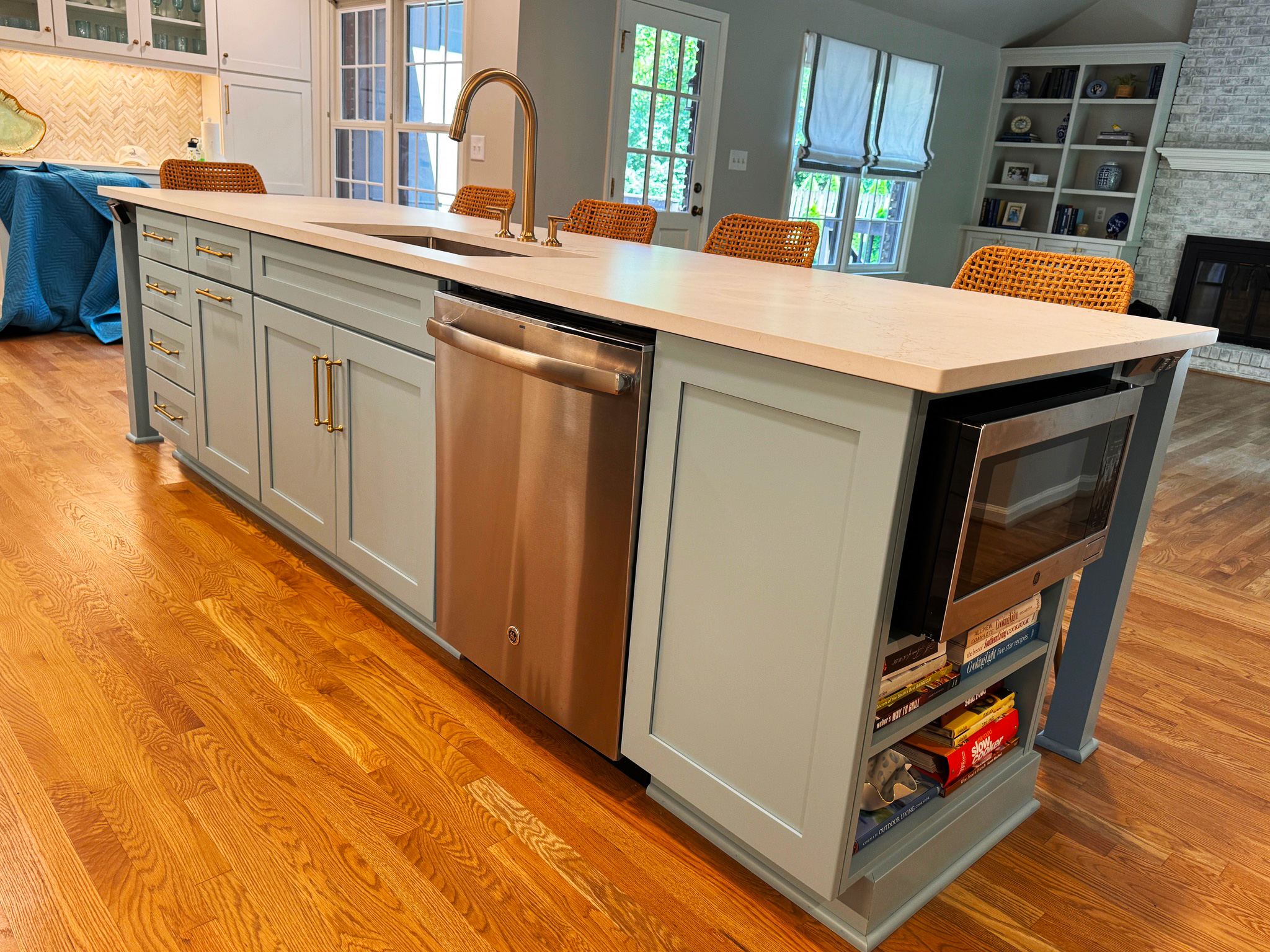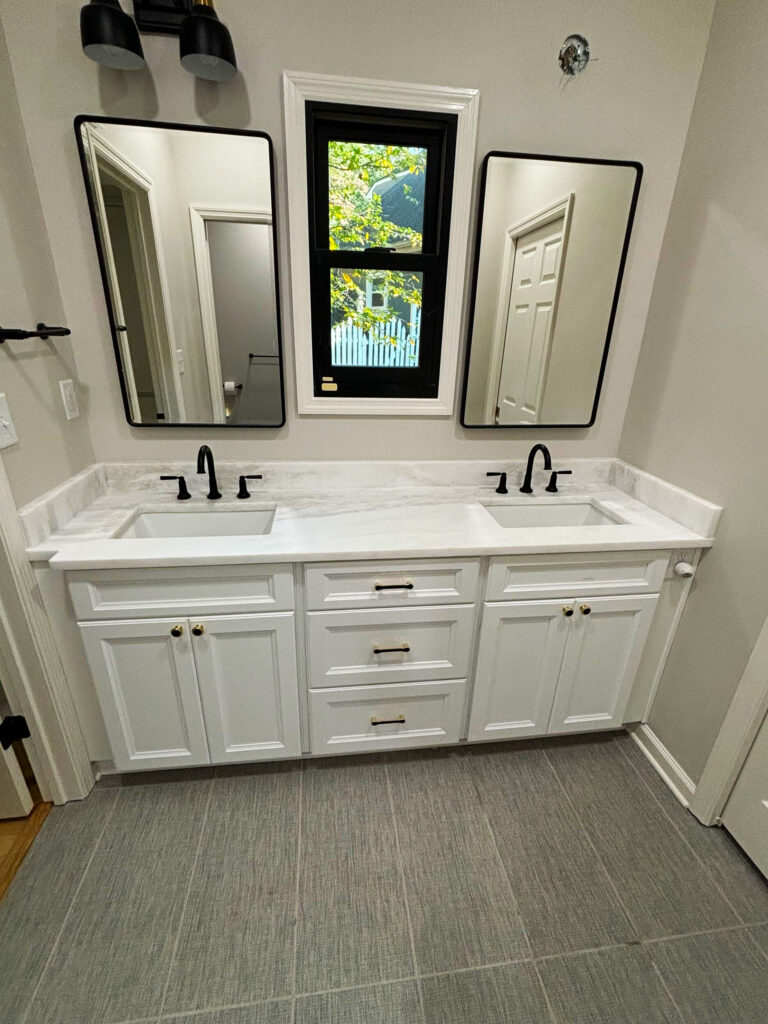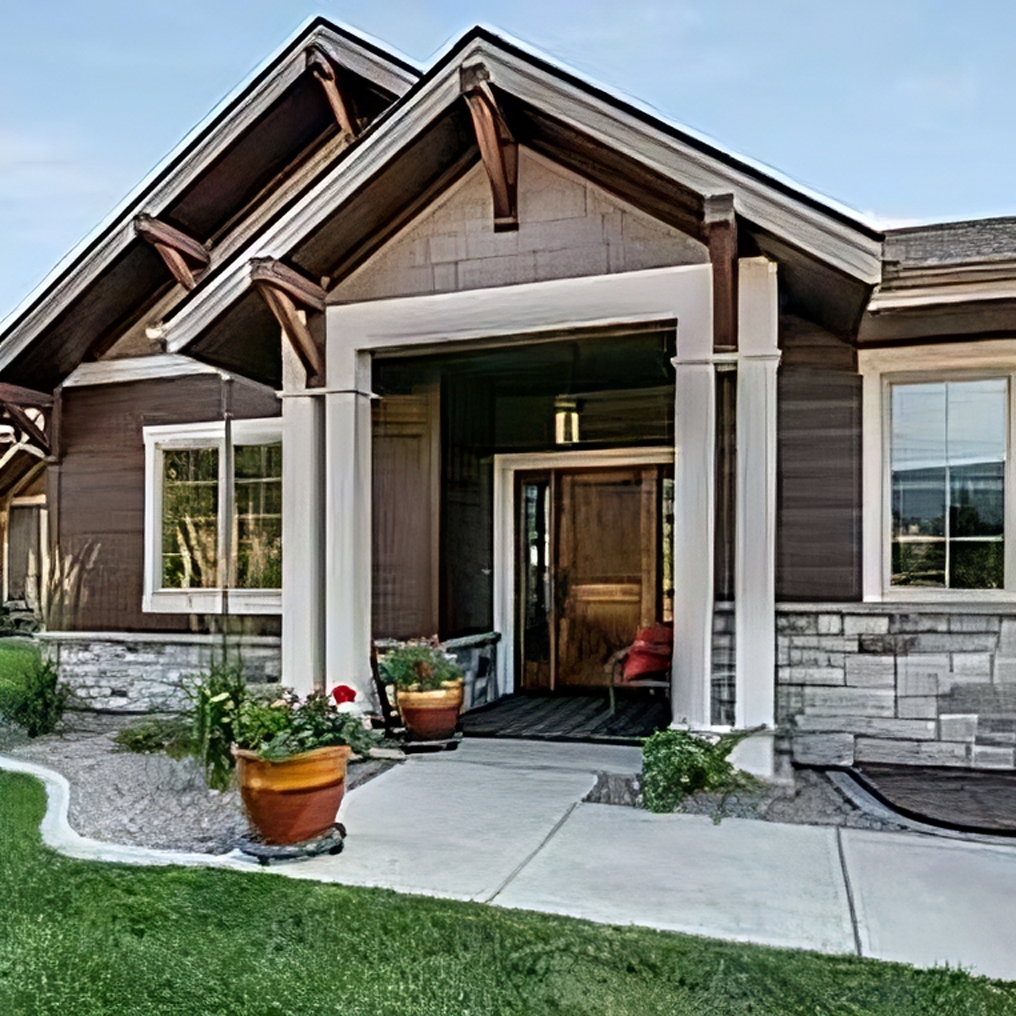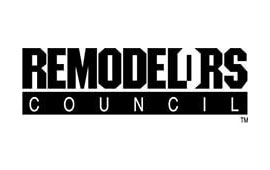At Reliable Design-Build-Remodel, based in Birmingham, AL, we take pride in offering high-quality remodeling solutions that elevate your home’s functionality and aesthetics. One of the most popular choices among homeowners today is solid surface countertops. These sleek, durable countertops provide a seamless appearance and are a great investment for any kitchen or bathroom renovation. If you’re considering solid surface countertops for your next project, here’s everything you need to know about their installation.

Reliable wanted to write this blog specifically because of the way the installation of these countertops affects pricing for the whole project.
At the beginning of the project, after our initial designs, Reliable provides our clients with an “allowance” figure, which is a budget based on what we understand about the project at the beginning. After the cabinetry is installed and measured, we then have to go into the “templating” phase which means we must double check our measurements from the design phase, and if there is a discrepancy we have to make what is called a “change order”, where we provide a more accurate estimate for the budget based on the new measurements. Then after the client selects their countertop based on that figure, we can install!
How Are Solid Surface Countertops Attached?
Solid surface countertops are typically attached using a combination of adhesive and mechanical fasteners. First, a specialized adhesive is applied to the seams where different sections of the countertop meet. This adhesive hardens to form a strong bond, leaving the seams virtually invisible. For securing the countertop to the cabinetry, silicone adhesive is used along with screws or brackets to ensure stability. It’s essential to have professional installers handle this step to achieve the seamless finish solid surfaces are known for.
How Do You Support Solid Surface Countertops?

Supporting solid surface countertops is crucial, especially in areas with overhangs or large spans. These countertops are relatively light compared to stone options but still require adequate support to prevent sagging or cracking over time. Support brackets or corbels are used underneath overhangs like bar tops or island countertops. These supports are usually spaced every 24 inches, depending on the size of the overhang. In some cases, steel reinforcement may be installed beneath the countertop for additional structural integrity.
What Is the Countertop Installation Process?
The solid surface countertop installation process involves several key steps. After the existing countertop is removed, the installers will measure and create a template to ensure the new countertop fits perfectly. Once the solid surface material is cut to size, it’s brought to the site, where the pieces are dry-fitted to check alignment. The installers will then apply the adhesive, secure the countertop in place, and sand down any seams to ensure a smooth, seamless finish. The entire process can typically be completed in one to two days, depending on the complexity of the installation.
How to Install a Solid Surface Bathroom Countertop?
The solid surface countertop installation process for a bathroom is similar to that of a kitchen, but the size and layout may vary. For a bathroom installation, the countertop is often cut to include integrated sinks, which adds to the seamless design. The countertop is attached to the vanity with adhesive and any necessary screws or fasteners. If there are integrated sinks, plumbing connections will also be made during the process. Since bathrooms tend to have smaller spaces than kitchens, the installation is often quicker and can be completed in just a few hours.
What Are the Disadvantages of Solid Surface Countertops?
While solid surface countertops are durable and easy to maintain, they do have some drawbacks. One of the most common concerns is their susceptibility to scratching. Though these countertops are resistant to most impacts, sharp objects can leave scratches on the surface. However, the good news is that solid surface countertops can be sanded and buffed to remove minor scratches, keeping them looking fresh. Another disadvantage is that they are not as heat-resistant as some other materials like granite or quartz. It’s important to use trivets or hot pads to avoid damaging the surface with hot cookware.
Do You Need Plywood Under Solid Surface Countertops?
Unlike heavier materials such as granite or quartz, solid surface countertops typically do not require a plywood subtop for additional support. These countertops are lighter, so they can be installed directly onto the cabinetry without needing a plywood substrate. However, in certain cases, especially with large spans or when additional reinforcement is needed, plywood might be used for added stability. Your contractor will assess your specific installation to determine whether plywood is necessary.

Reliable Design-Build-Remodel is a full service general construction firm and remodeling contractor operating in the Birmingham metro and Jefferson and Shelby County areas and surrounding communities, including Birmingham, Helena, Chelsea, Mountain Brook, Hoover, Homewood, Montevallo, Alabaster, Vestavia Hills, and Pelham, with over 30 years of servicing our valued clients. Offering full service suite of general remodeling, design and build services. Our specialties include bathroom remodeling, kitchen remodeling, exterior renovations, interior renovations, painting, and more!
Visit us at reliablerem.com, and like and follow us on Facebook and Instagram!















